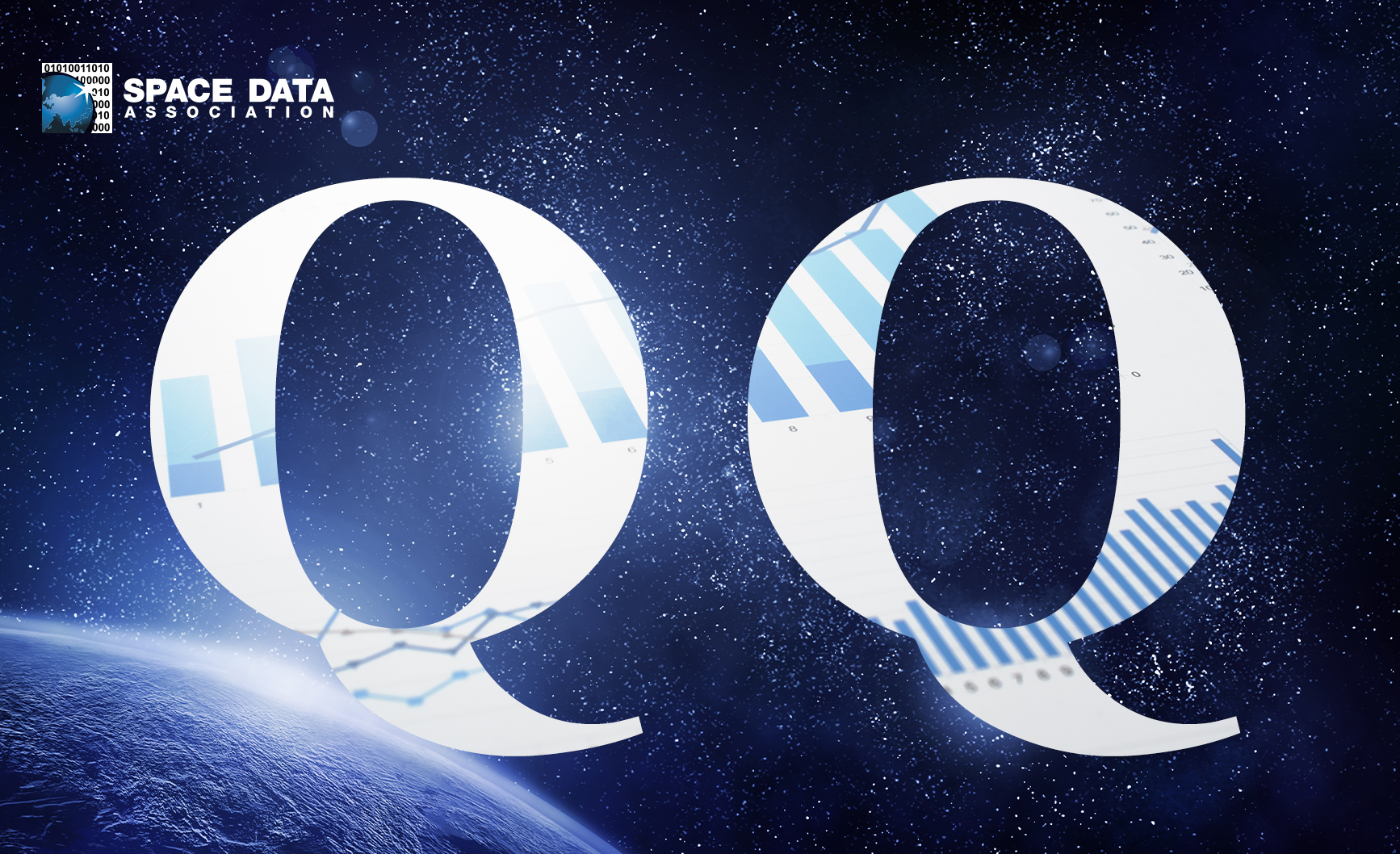Mark Daley from the US Department of Commerce recently said that human-generated space debris is currently the greatest threat to NASA’s vehicles in the Lower-Earth Orbit (LEO). This is a pretty intimidating thought as we consider the number of planned launches from new commercial and governmental projects due to go ahead in due course.
Space Situation Awareness (SSA) and Space Traffic Coordination and Management (STCM) rely on data in order for operators to mitigate the threat of debris-causing collisions. The SDA has, to this end, worked tirelessly to bring about more data sharing between operators to enable more effective SSA. Currently the Space Data Center (SDC) uses a ‘data lake’, which ingests raw operator data and normalises formats so that the multi-source data can be combined and analysed to enhance safety of flight. This data has also been closely monitored for data quality by experts at AGI and COMSPOC Corporation.
While such data sharing is crucial, the quantity of today’s ingested data is not sufficient to support STCM, and the quality of both the data and the tools needed to analyse it are also not as high as needed. In fact, at a recent AIAA ASCEND Space Traffic Coordination and Management special session, Dan Oltrogge of COMSPOC presented the results from a demonstration of how organizations can and should work together for flight safety. It was a joint project conducted by AGI, COMSPOC, the SDA, the 18th Space Control Squadron, and a number of other commercial spacecraft operators, commercial SSA service providers and academia. This demonstration examined 17 spacecraft in diverse orbital regimes (LEO, MEO and GEO), proving that comprehensive data sharing, fusion and advanced analytics are needed to support long-term space sustainability. The demonstration showed that dramatic improvements to the timeliness, completeness and accuracy of SSA data supporting space flight safety are possible by applying advanced data fusion and analytical techniques across diverse data from multiple data sources.
Oltrogge also revealed that conjunctions in LEO have doubled since 2017, due to the new large constellations and growing space debris. The SDC’s current processes will likely be insufficient for SSA as the volume of spacecraft in orbit grows, and therefore we must act now to improve:
- The quantity of data shared between the industry,
- The quality of this data and the tools needed to analyse it.
How can we achieve this?
In order to do this, operators firstly can and must contribute substantially more data than they are at present. Specifically, the sharing of raw metric observations was shown in the STCM demonstration to be critical to achieving required accuracies, and all stakeholders in space, whether government, operators or commercial SSA providers, must find a way to collaboratively pool their data where possible. Our research has proven that multiple data sources inevitably increase the accuracy of data, therefore increasing the effectiveness of STCM procedures.
We must also prioritise the sharing of operator data – manoeuvre predictions, calibration, non-cooperative manoeuvre detection, and raw metric observations. It’s absolutely key that we receive more planned manoeuvre information in order to make predictions more accurate. The more data we have, the more accurate predictions will become. This in turn means spacecraft operators can receive actionable flight safety information such that they can perform collision-avoidance manoeuvres without a risk of setting off a chain of other collision-causing events.
Quantity is one thing, but we also need better quality data, and better data fusion and analysis tools which can process it. What we proved during the project was that fused orbit solutions are approximately two times more accurate in LEO than non-fused and ten times more accurate in GEO. Additionally, the fused solutions were better able to meet the required level of collision probability-based accuracy, while the non-fused solutions were often not.
Better quality raw metric observations could be provided by operators to include such measurements as:
- Standard tone ranging and azimuth / elevation measurements, transponder ranging
- On-board GPS measurements
- More advanced measurements like PaCoRa passive RF data, which relies on time difference of arrival of the satellite payload signal at different ground stations
- Optical or radar observations if available
What is inherently clear from the results of this demonstration is that STCM should not be geographically constrained, as any accidents in any one part of the GEO belt would quickly affect the entire global space environment.
As Mark Daley from the US Department of Commerce said during the same AIAA ASCEND session, “space debris could potentially reverse some of the commercial efficiencies that are fuelling growth,” making it clear that increasing the quantity and quality of data sharing in space is essential to everyone with the stake in space.

